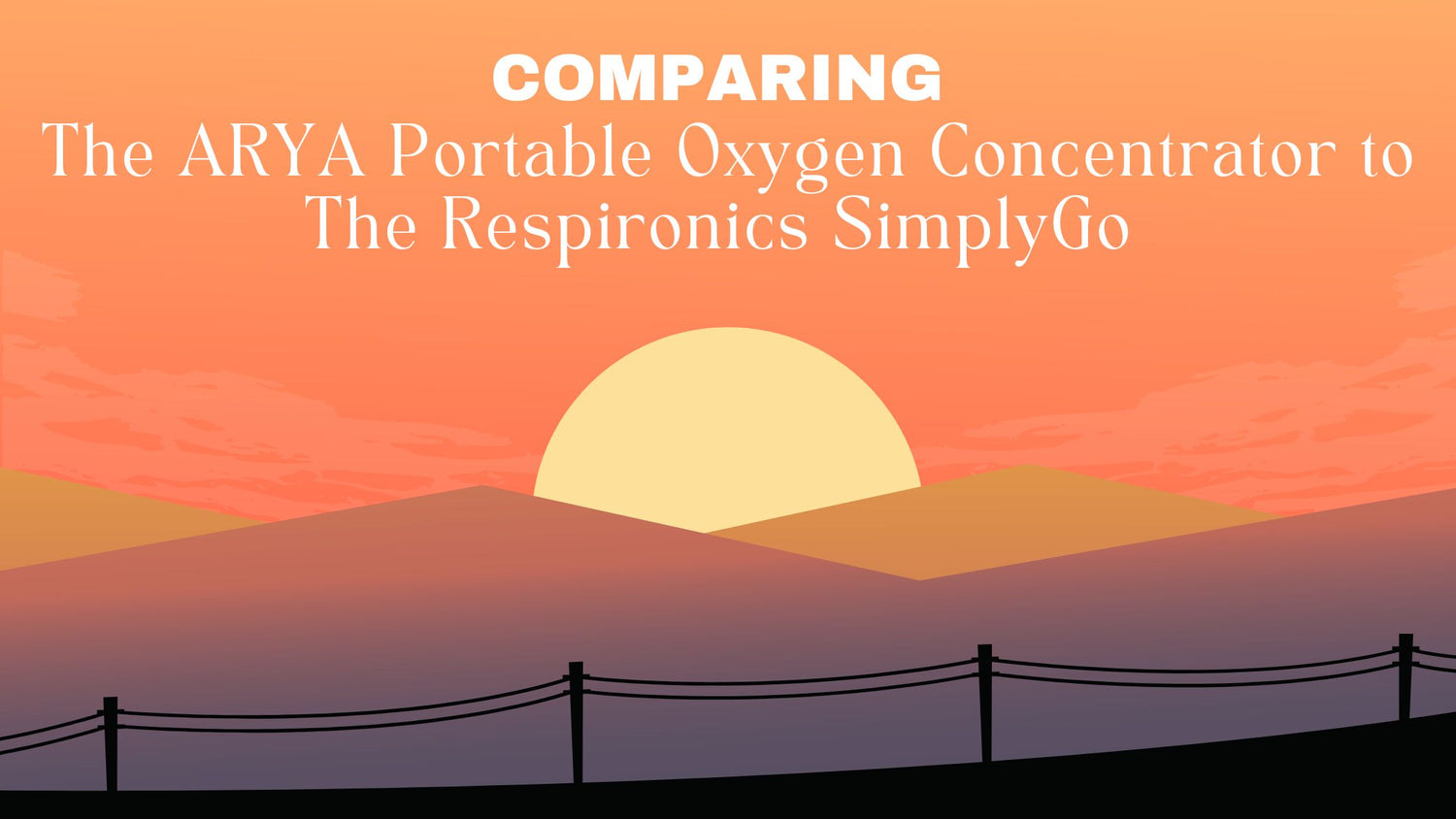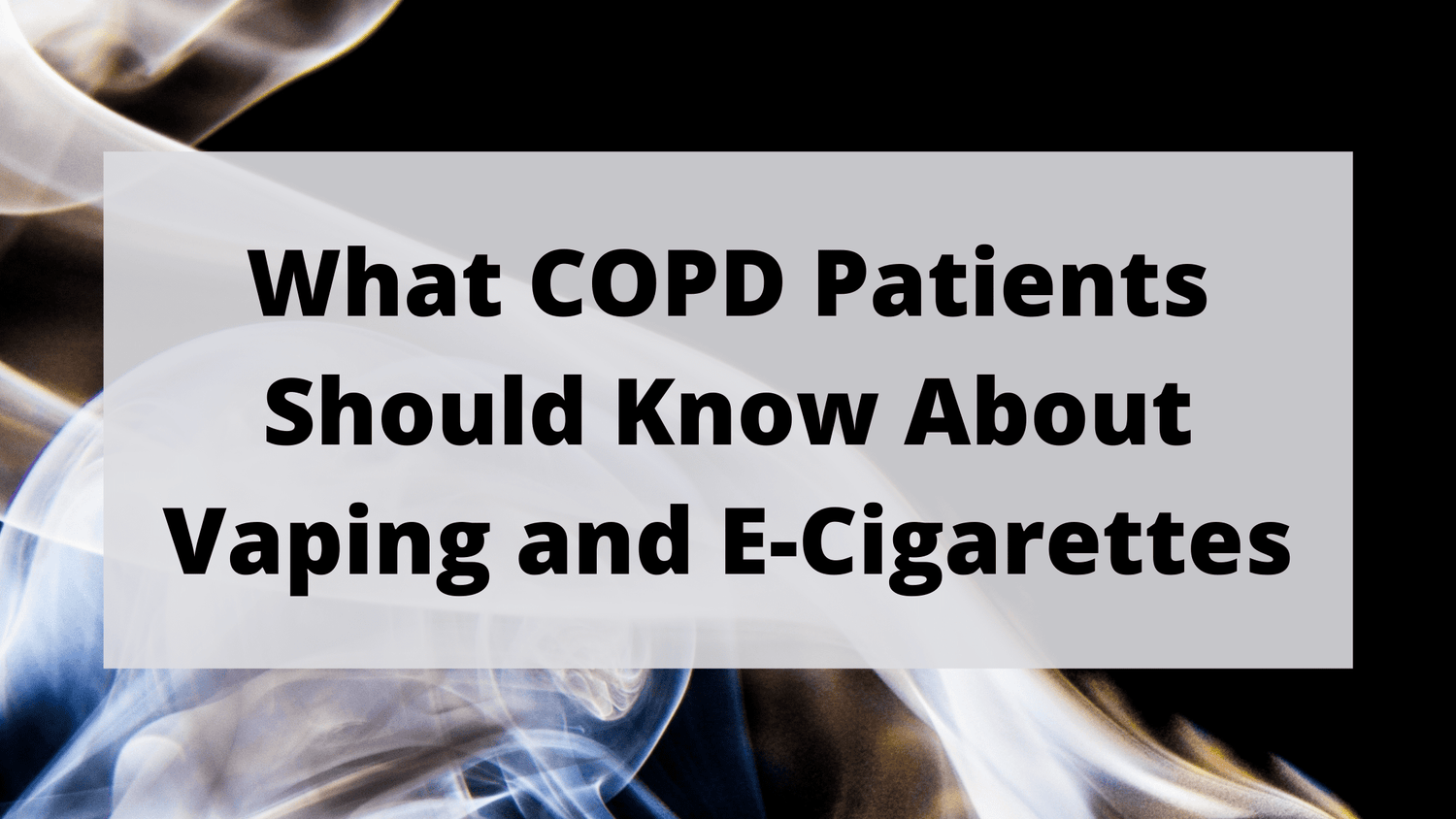Respiratory Resource Center - LPT Medical
Give Your Lungs a Break With These Top-of-The-Line Portable Oxygen Concentrators
Giving your lungs a break is an important...
Read MoreComparing The ARYA Portable Oxygen Concentrator to The Respironics SimplyGo
Chronic obstructive pulmonary disease (COPD) is one of...
Read MoreWhat COPD Patients Should Know About Vaping and E-Cigarettes
If you want to lead a healthier life, you...
Read More


